Since the first coronavirus case was reported on German soil on January 27th this year, the pandemic has wreaked havoc across the world resulting in millions becoming ill, tens of thousands dying as well as lockdowns and travel restrictions.
In Germany, restrictions put in place to stall the spread of Covid-19 at the height of the epidemic in April have been eased. But the number of cases has been rising recently. Here's what we know about the current situation.
1,445
That's how many confirmed coronavirus infections within 24 hours which were reported by the Robert Koch Institute for disease control on Thursday August 13th. The daily total was around the same level on Friday, initial RKI reports showed.
The RKI reported that North Rhine-Westphalia, Hamburg, Berlin and Hesse are particularly affected. The 7-day incidences in theses states has “increased rapidly over the past few weeks”.
“The number of new cases reported daily has been increasing since calendar week 30,” said the RKI. “This development is very concerning and will continue to be monitored very closely by the RKI.
“A further worsening of the situation must be avoided. This will only succeed if the entire population continues to be committed to decreasing transmission, e.g. by consistently observing rules of physical distancing and hygiene – also in outdoor settings –, by airing indoor areas and, where indicated, wearing a community or face mask correctly.”
219,964
Since the beginning of the coronavirus pandemic, at least 219,964 people in Germany are confirmed to have been infected with the Sars-CoV-2 virus, the RKI reported on Thursday.
READ ALSO: Bavaria hit by coronavirus testing amid rise in number of cases in Germany
9,211
More than 9,200 people have died in Germany in connection with Covid-19, according to the latest figures. The death rate is 4.2 percent.
Of these, 5,102 (55 percent) are men and 4,105 (45 percent) are women. The gender is unknown in four cases, according to authorities. The median age of Covid-19 cases reported to have died is 82.
The below map shows the number of coronavirus cases in each state and the number of cases per 100,000 people, giving an overview of the places worst affected.
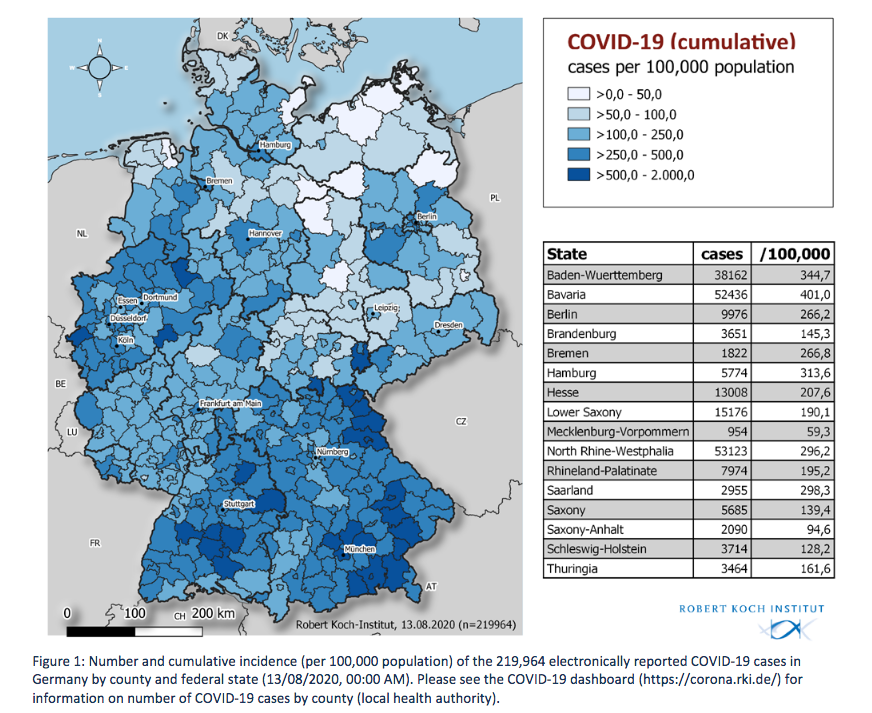
Source: Robert Koch Institute
39
That's the amount of districts in Germany which transmitted zero cases over the past 7 days. In a further 195 districts the 7-day-incidence is below five per 100,000 inhabitants.
47
This is the current average age of coronavirus patients in Germany as of August 13th. However, Health Minister Jens Spahn said that last week the average age of patients was 34 which was the lowest “since the beginning (of the pandemic)” and signalled more young people were becoming infected.
51 percent
Of the coronavirus patients in Germany, just over half are female and 49 percent are male. Among all notified cases for whom data on age and gender were reported, 6,989 were children under 10 years of age (3.2 percent), 12,610 children and teenagers aged 10 to 19 (5.7 percent).
A total of 99,240 patients were aged 20 to 49 (45 percent), 63,631 were aged 50 to 69 years (29 percent), 31,454 persons were aged 70 to 89 (14 percent) and 5,508 people were aged 90 years and older (2.5 percent).
The age and/or gender was unknown in 532 notified cases.
The below table shows the Covid-19 cases per 100,000 people by age group and gender.
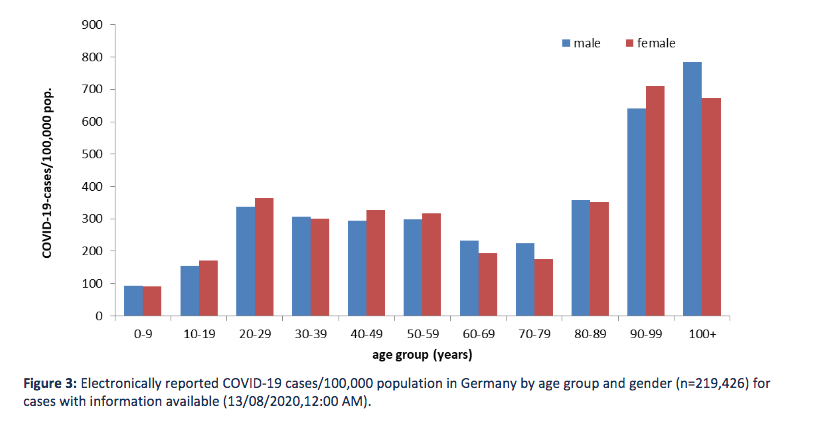
Source: Robert Koch Institute
7
Seven districts have reported an increased incidence of more than 25 cases in 7 days per 100,000 people.
These include the district of Dingolfing-Landau in Bavaria (where there are two outbreaks concerning harvest workers and employees at a canning company).
Also affected is Berlin-Mitte, the central district of Berlin, the city of Ludwigshafen in Rhineland-Paltinate, and the district of Unna as well as the cities of Hagen, Duisburg and Bochum in North Rhine-Westphalia.
Experts say cases detected among travellers entering Germany is playing a large role in pushing numbers up.
Other outbreaks continue to be reported in nursing homes and hospitals, refugee facilities, educational settings, meat-processing plants and other workplaces as well as in the context of family events and religious gatherings.
224
This is how many coronavirus patients are currently in ICU care in Germany, hospitals have reported. Of this number, 137 people are on ventilation.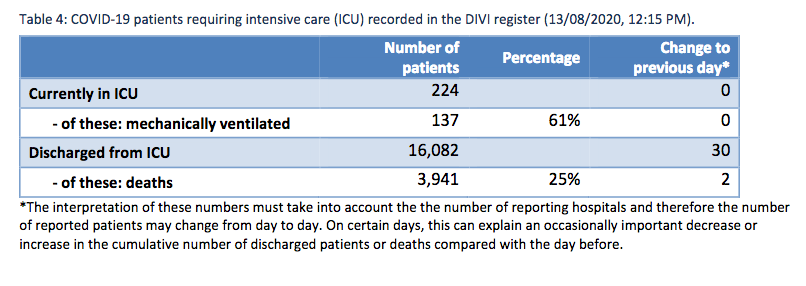
Source: Robert Koch Institute
As of August 13th, a total of 1,274 hospitals or departments reported to the DIVI intensive care register. Overall, 30,389 intensive care beds were registered, of which 21,826 (72 percent) are occupied, and 8,563 (28 percent) are currently available.
0.91
The current estimate of the 4-day R-value (reproductive number) is 0.91. That means one person with coronavirus on average goes on to infect just under one other person. Authorities want to keep this number under 1.

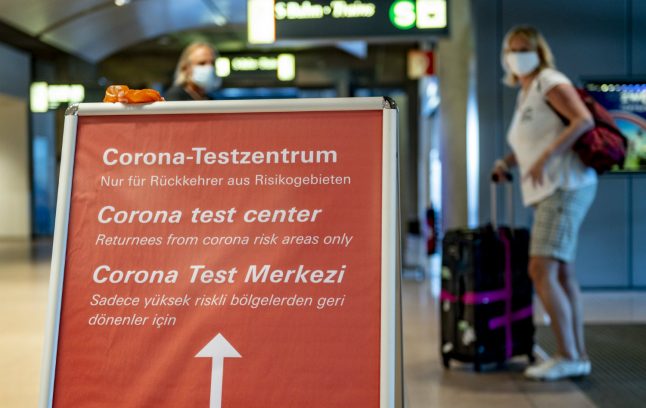
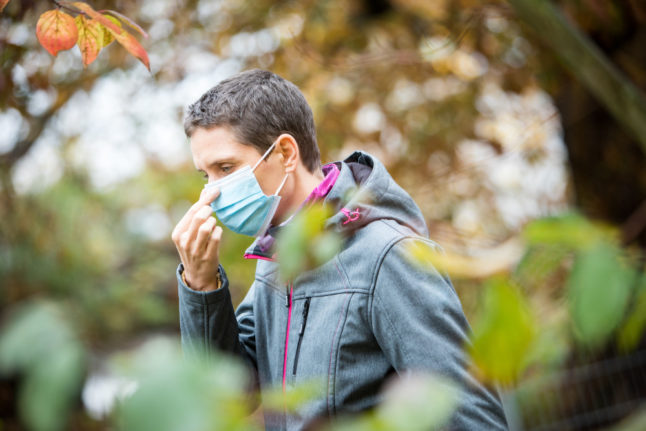
 Please whitelist us to continue reading.
Please whitelist us to continue reading.
Member comments